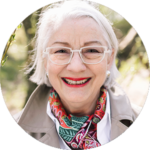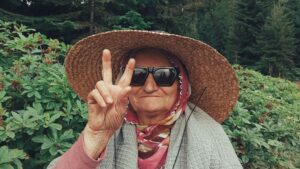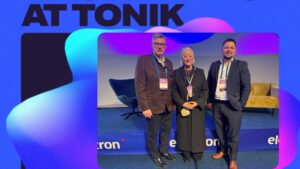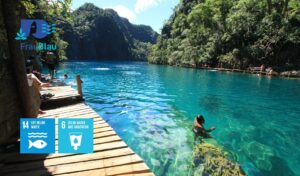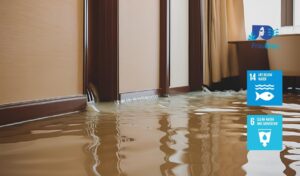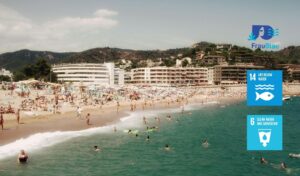Europe has a centuries long knowledge of health and well-researched healing traditions. The use of cold water is an important element here and a proven means of keeping body and mind healthy and strong.
Nature, mindfulness and sustainability are the foundations for our health and for the preservation of our troubled planet. Images of meditating people on the quiet lake shore, yoga poses, deeply relaxed faces, nature and symbols are omnipresent in the media – but are mostly associated with Ayurveda or “wellness”.
But why do we internalize the Eastern methods of dealing with stress and strengthening our ailing health? What is stopping us from using the ancient knowledge we have about the effects of local herbs, the versatile applications of hot and cold water pours and wraps (sounds strange, but it’s great), the attention to inner balance in eg the Kneipp method? What about a perfect infrastructure developed over a long period of time for the care and restoration of health in the local spas? And couldn’t we combine this extensive knowledge with sustainability in water management?
What do we think of when we hear of the Kneipp method, for example? (if you have ever heard of it when you are not in Germany, Switzerland or Austria) Health care that is adapted to our environment, that is easy and inexpensive to use – even at home – and is the best way to increase stress resilience and a top immune system? Or rather of a traditional association for older people and the church that we may no longer have anything to do with? But on the other hand, do we have more of a relationship with Hinduism, Buddhism, Taoism? Water and health always have a strong spiritual side, in all religions. Don’t we dare to confess to our own culture and traditions?
Hydrotherapy and the topic of Kneipp treatments are fascinating and varied – it should be rethought in order to reach a broader and international target audience.
For this reason, I spent a few days in Bad Wörishofen, the place where Pastor Sebastian Kneipp worked and where he further developed the Kneipp method. My own bias towards spas in Germany is probably an example for many of us: spa? old-fashioned, boring, only older people (of which I am one, but of course I don’t count myself among THE older people) and in general it falls under ageism and that is another story… When there are wellness offers everywhere in great destinations. And in our job we get around a lot. So why go to a German spa?
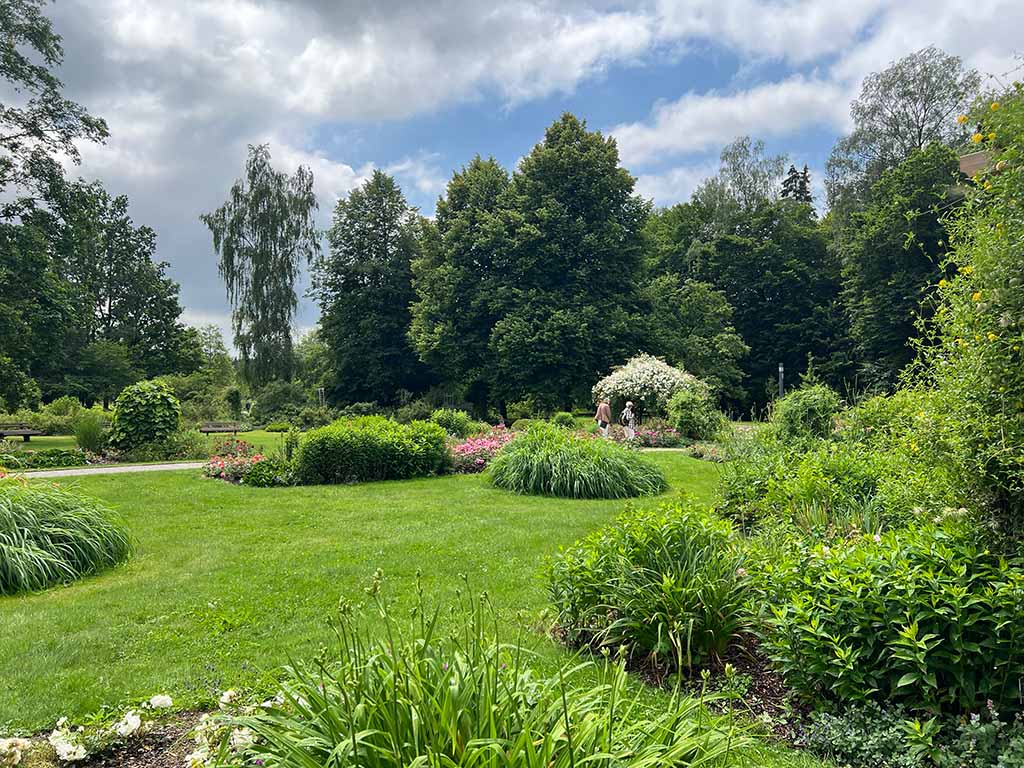
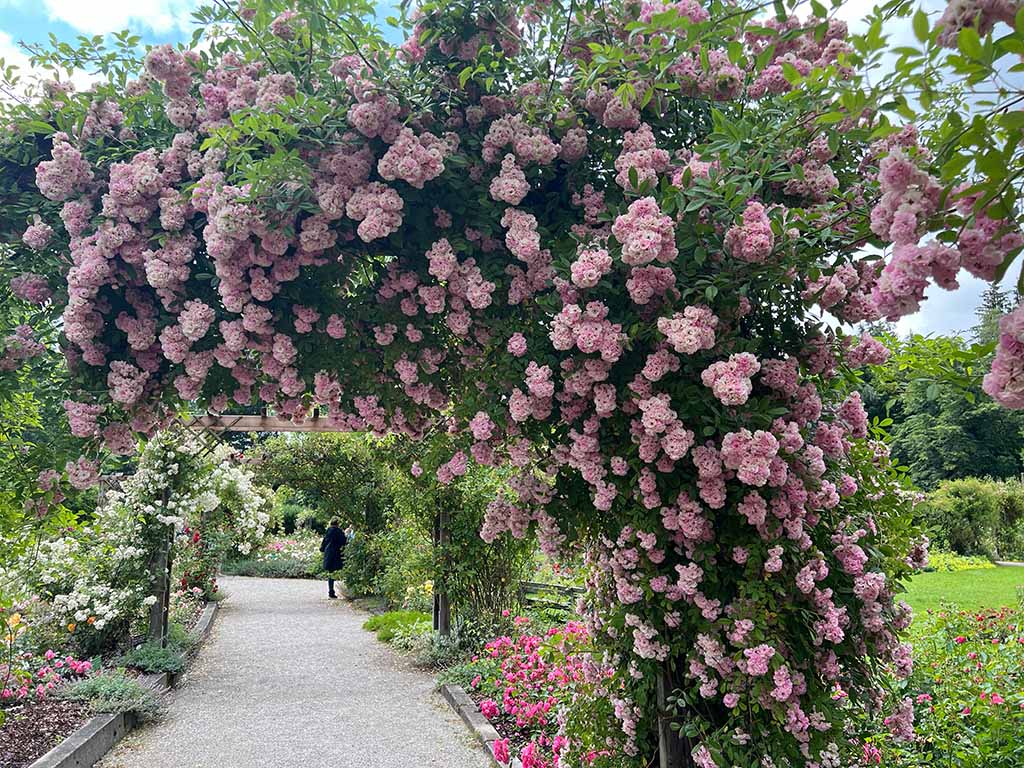
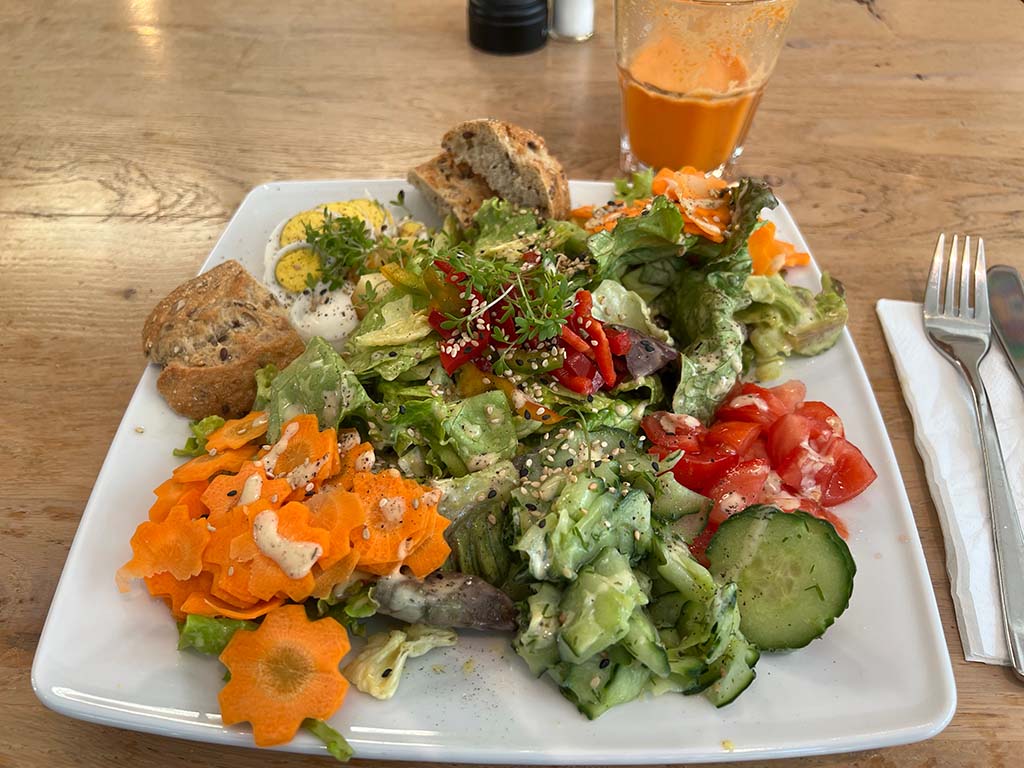
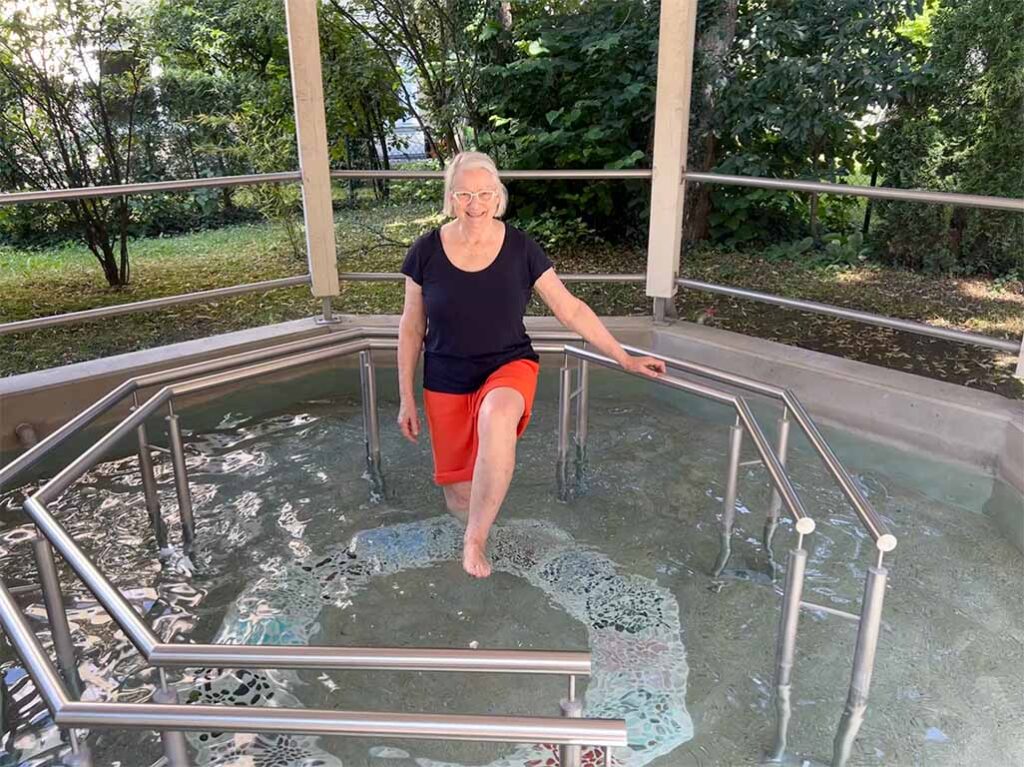
Well. First: I am “flashed” by Kneipp after this stay… I have rarely felt so well rested and at home. Of course, like many of my generation, I have been familiar with the term “water treading” and the associated “Kneipp pools” since my childhood: According to Wikipedia, there are around 800 public Kneipp facilities in Germany.
Who of those growing up here hasn’t had a grandpa or grandma walk through a Kneipp pool or tread dew with devotion (that’s what we call walking barefoot on meadows in the morning dew). We children saw Kneipp pools as a welcome way to cool down in the summer (ideally the water there is no warmer than 18 ° – ideally it is only 10-14 degrees). Most grandpas and grandmas swore by the method and made it responsible for their own health and longevity.
Unfortunately, not much of this collective knowledge is left in our society, especially among younger people. Which is a shame. I would like to help use the Kneipp method for new experiences and convey a different perspective on the value of water and how to use it for better health.
Cold water applications are fun, communicative and suitable for groups, and the stories behind them are exciting. Sebastian Kneipp became seriously ill with lung disease as a student (as a child he had to help feed his desperately poor family and support his father with the weaving – in damp, dusty and cold surroundings) and prescribed himself cold water therapy by immersing himself in the cold Danube (cold water dipping? It’s trendy right now). It sounds brutal, and it probably was, but it helped. He recovered and became healthy. A dramatic experience, but providing the necessary AHA effect to develop his method with further experiments and applications.
Kneipp lived from 1821 to 1897 and is considered the inventor of hydrotherapy. From 1855 he lived and worked in the Dominican monastery in Bad Wörishofen, which developed into an increasingly popular health resort as his fame grew. At that time, spa stays, and health cures were very popular and attracted noble families and large sections of the population.
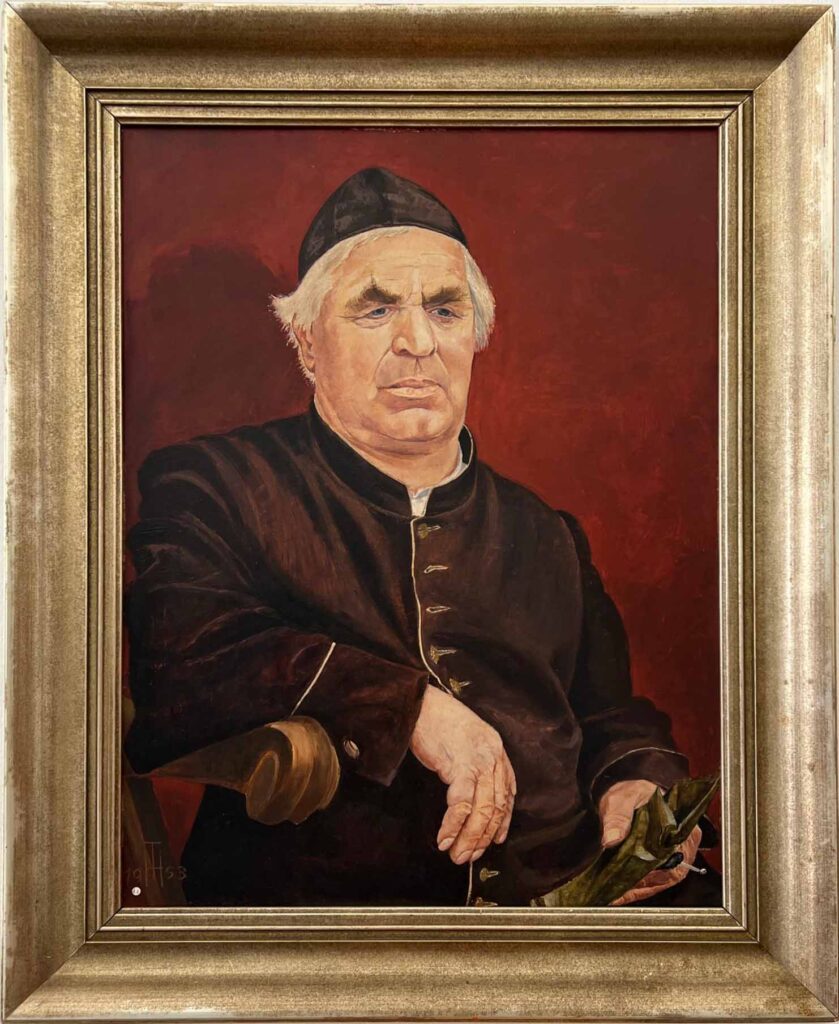
Many Spa Towns in Germany are based on springs of healing water available there and its use to treat various illnesses. After the Second World War, the health system in Germany was slowly rebuilt – the spas were able to ensure their revenue for a long time because the health insurance companies covered the costs. However, since the political decision was made about 25 years ago against the health insurance companies covering the costs, the spa towns and health resort system has changed steadily. When it comes to your own wallet, 3 or 4 weeks of treatment are no longer affordable for many.
To date, no effective strategy has been put in place to counteract the systematic decline in interest in Spa curing that has resulted from this. The wellness boom is spreading worldwide – German spa towns have not benefited significantly from it. The water that is usually plentiful there is one of the biggest issues of our time – what could be more obvious than combining water protection with water treatments.
I wonder what the crux of the matter is here. Perhaps a turning point with a subsequent new beginning is missing? To me it looks as if people are always offering new versions of the same thing. There is the spa management, the spa house, the spa gardens. The spa tax. The spa park. Everything is somehow great, even with a touch of glamour – well-maintained, beautifully laid out, with some free offers and programs. But: everything somehow comes across as a little old-fashioned. You know what’s on offer, but there are no surprises or new approaches. Everyone involved is nice, but trapped in their “we always do it like that” way of doing things. Now, to apply this directly to Bad Wörishofen: The old spa park is a dream, a garden paradise. There is so much knowledge, numerous experts and organizations on various health topics and, above all, on water treatment on site. 24 public Kneipp facilities are accessible free of charge – most with treading and arm basins, some with drinking water, one barrier-free, and 3 facilities in plain nature. There are instructions and explanations all over the city for water treatments for various health problems. Hotels, pedestrian zone, the surrounding area – everything is there and it’s beautiful. Not to be forgotten: the brine graduation facility, my absolute favorite place to sit and watch, and to breathe in the natural brine that constantly trickles over the twigs.
My focus at FrauBlau is to bring the topic of water together with tourism and conferences in a new way. Connections for sustainability are easier to recognize when the focus is on a specific topic such as water.
Translated to Bad Wörishofen? What place would be better suited as a German showcase project for the sustainable management of SDG6 water (and wastewater). An EU-funded project to make Bad Wörishofen a model community for modern water management in connection with medicine – this is where politics would have to come in. A lot of water is needed for the numerous applications. It is not polluted, it has only flowed over the respective body once. And disappears into the sewer system… unused. Circular water management for individual blocks of houses or hotels or for the entire inner-city area could make the use of process water and rainwater for cooling, irrigating and heating the buildings exemplary and sustainable. And the icing on the cake is the knowledge of healing with water. This is where the (unique) expertise lies and where Sebastian Kneipp finds the recognition he deserves. Conferences and exchanges with the international water and health industry would be a result of this.
I therefore suggest anchoring the focus on exemplary water protection and the healing possibilities with the precious resource of water in Bad Wörishofen to help the topic gain a broader attention. Kneipp applications as a local health procedure are being rediscovered in this context and are then an important element, but not the sole USP of the place.
Water protection is given far too little attention here in Germany. Before we pump water from Lake Constance to Bavaria when needed (there are plans for this), we should work together with creative ideas to better protect our own, clean, clear water for a healthy future.
P.S. Water applications are excellent for supplementing incentive programs or legacy programs for sustainability. I am collaborating with Pro. Dr. med. Dr. rer. nat. Bernhard Uehleke, one of the most influential Kneipp experts – we would be happy to plan your program and an exciting day on the topic of “water” – anywhere in the world.
